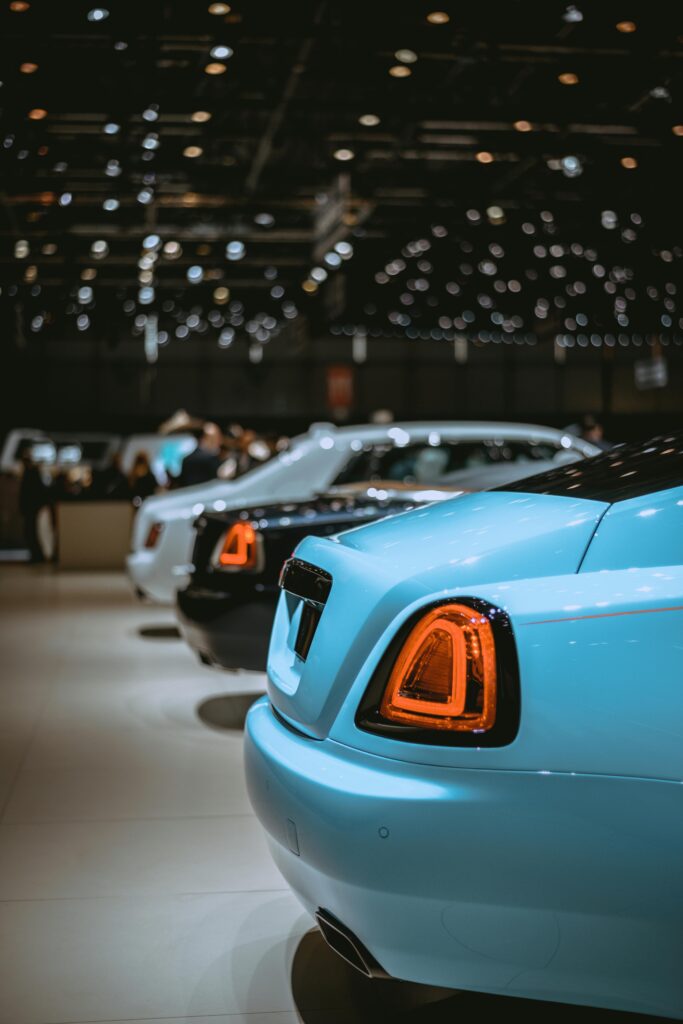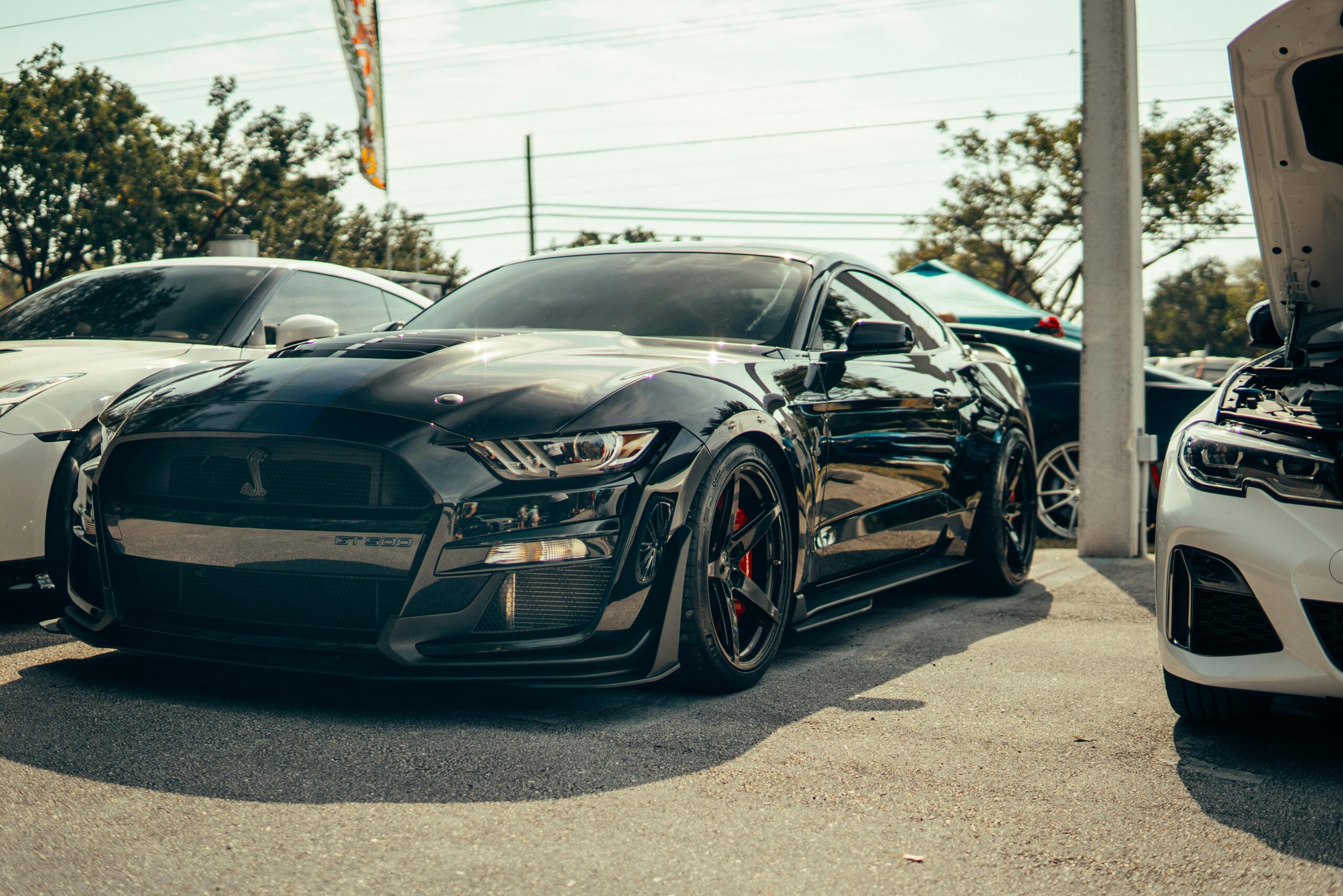Bulletproof Cars: Safety on Wheels
Introduction
Definition of Bulletproof Cars
Bulletproof cars, also known as armored vehicles, are specially designed to withstand bullets, explosions, and other forms of ballistic threats. These vehicles are equipped with reinforced structures, including bulletproof glass and armored plating, to ensure the safety of the occupants.
Importance of Bulletproof Cars
In an increasingly uncertain world, the demand for bulletproof cars is on the rise. They offer unparalleled protection for high-profile individuals, government officials, and anyone who might be at risk due to their profession or status. The peace of mind that comes with such enhanced security is invaluable.
Brief History of Armored Vehicles
The concept of armored vehicles dates back to ancient times, with chariots and carriages being reinforced for protection in battle. However, modern bulletproof cars emerged in the early 20th century, with advancements in materials and technology. These vehicles have since evolved to become sophisticated machines, providing top-notch security without compromising on comfort or style.
Bulletproof Cars: Safety on Wheels

Technical Specifications
Types of Armoring Materials
The materials used in bulletproof cars are critical to their effectiveness. Common armoring materials include:
- Ballistic Steel: Provides robust protection but adds significant weight.
- Kevlar and Aramid Fibers: Lightweight and strong, often used in conjunction with other materials.
- Ceramic and Composite Materials: Offer high levels of protection while minimizing weight.
Armor Levels and Standards
Armor levels are standardized to provide a clear understanding of the protection offered. These levels range from B1 to B7, with B7 providing the highest level of ballistic protection, capable of withstanding high-caliber rifle fire and explosions.
Bulletproof Glass Technology
Bulletproof glass, or ballistic glass, is a crucial component of armored vehicles. It is typically made from multiple layers of laminated glass and polycarbonate, designed to absorb and disperse the energy from bullets. Modern advancements have led to thinner, lighter glass that offers superior protection without compromising visibility.
Applications
Civilian Use
For civilians, bulletproof cars offer protection against potential threats such as carjacking, kidnapping, and terrorist attacks. They are popular among business executives, celebrities, and individuals in high-risk professions.
Military Use
In military applications, armored vehicles are essential for transporting troops and equipment safely in combat zones. These vehicles are built to withstand heavy gunfire and explosive devices, ensuring the safety of soldiers.
Law Enforcement
Law enforcement agencies use bulletproof cars for high-risk operations, such as transporting dangerous criminals or conducting raids. These vehicles provide officers with the necessary protection to perform their duties effectively.
VIP Transport
VIP transport often involves high-profile individuals such as politicians, diplomats, and royalty. Bulletproof cars are essential in these scenarios to ensure their safety during public appearances and travel.
Bulletproof Cars: Safety on Wheels
Benefits
Enhanced Security
The primary benefit of bulletproof cars is the enhanced security they provide. These vehicles are designed to withstand various forms of attacks, ensuring the safety of the occupants.
Peace of Mind
Knowing that one is protected against potential threats provides significant peace of mind. This is especially important for individuals who face constant risks due to their profession or status.
Increased Resale Value
Bulletproof cars often maintain their value better than conventional vehicles. The added security features and the niche market for such vehicles contribute to their higher resale value.
Challenges and Limitations
Cost of Bulletproofing
One of the main challenges of bulletproof cars is the cost. Armoring a vehicle can be expensive, with prices varying based on the level of protection and the materials used.
Weight and Performance Impact
The additional weight from armoring materials can impact the performance of the vehicle, affecting aspects such as speed, fuel efficiency, and handling. Manufacturers continuously work on innovations to minimize these effects.
Legal Considerations
Different countries have varying regulations regarding the use of bulletproof cars. It is essential to be aware of these legal considerations before purchasing or modifying a vehicle.
Latest Innovations
Advanced Lightweight Materials
Recent advancements in materials science have led to the development of advanced lightweight materials that provide high levels of protection without adding excessive weight.
Enhanced Ballistic Protection
Innovations in ballistic protection have resulted in more effective armoring solutions, capable of withstanding higher caliber rounds and more powerful explosive devices.
Smart Technologies in Bulletproof Cars
The integration of smart technologies in bulletproof cars, such as advanced communication systems and automated defensive mechanisms, has further enhanced the security and functionality of these vehicles.
Future Prospects
Emerging Trends in Armored Vehicle Technology
The future of bulletproof cars looks promising, with continuous advancements in materials, technology, and design. Emerging trends include the use of nanotechnology for enhanced protection and the integration of autonomous driving features.
Predictions for Civilian Market Growth
As global security concerns increase, the demand for bulletproof cars in the civilian market is expected to grow. More individuals and organizations will seek these vehicles for their enhanced safety features.
Potential Regulatory Changes
Potential regulatory changes could impact the bulletproof car market. Governments may introduce new standards and requirements to ensure the safety and legality of these vehicles.
Comparative Analysis
Comparison with Conventional Vehicles
Compared to conventional vehicles, bulletproof cars offer significantly higher levels of protection. While they may be more expensive and heavier, the security benefits far outweigh these drawbacks for those at risk.
Comparison with Other Security Measures
Bulletproof cars are often compared with other security measures such as personal bodyguards and secure compounds. While each option has its benefits, bulletproof cars provide a unique combination of mobility and protection.
User Guides or Tutorials
How to Choose a Bulletproof Car
Choosing the right bulletproof car involves considering factors such as the level of protection needed, the type of vehicle, and the specific threats one might face. Consulting with experts in the field can provide valuable guidance.
Maintenance Tips for Armored Vehicles
Maintaining a bulletproof car requires specialized care. Regular inspections of the armor, glass, and other protective features are essential to ensure they remain effective.
Upgrading an Existing Vehicle
For those who already own a vehicle, upgrading it to bulletproof status is an option. This process involves retrofitting the car with armor plating and bulletproof glass, among other modifications.
Personal Stories or Case Studies
Real-life Incidents Involving Bulletproof Cars
There have been numerous instances where bulletproof cars have saved lives. These real-life stories highlight the importance and effectiveness of armored vehicles in protecting occupants during attacks.
Testimonials from Users
Testimonials from individuals who use bulletproof cars provide valuable insights into their experiences. These stories can help potential buyers understand the benefits and considerations involved.
Expert Insights
Quotes from Security Experts
Security experts often emphasize the importance of bulletproof cars for high-risk individuals. Their insights can provide a deeper understanding of the necessity and effectiveness of these vehicles.
Perspectives from Armoring Industry Professionals
Professionals in the armoring industry can offer unique perspectives on the latest trends, technologies, and challenges in the field of bulletproof cars.
Conclusion
Summary of Key Points
Bulletproof cars provide essential protection for individuals at risk of attacks. With advancements in technology, these vehicles have become more effective and accessible.
Final Thoughts on Bulletproof Cars
The importance of bulletproof cars cannot be overstated. They offer peace of mind and security in an increasingly uncertain world.
Call to Action for Further Education
For those interested in learning more about bulletproof cars, further education is essential. Staying informed about the latest trends, technologies, and regulations can help make the best decisions regarding vehicle security.

1 thought on “Bulletproof Cars: Safety on Wheels”